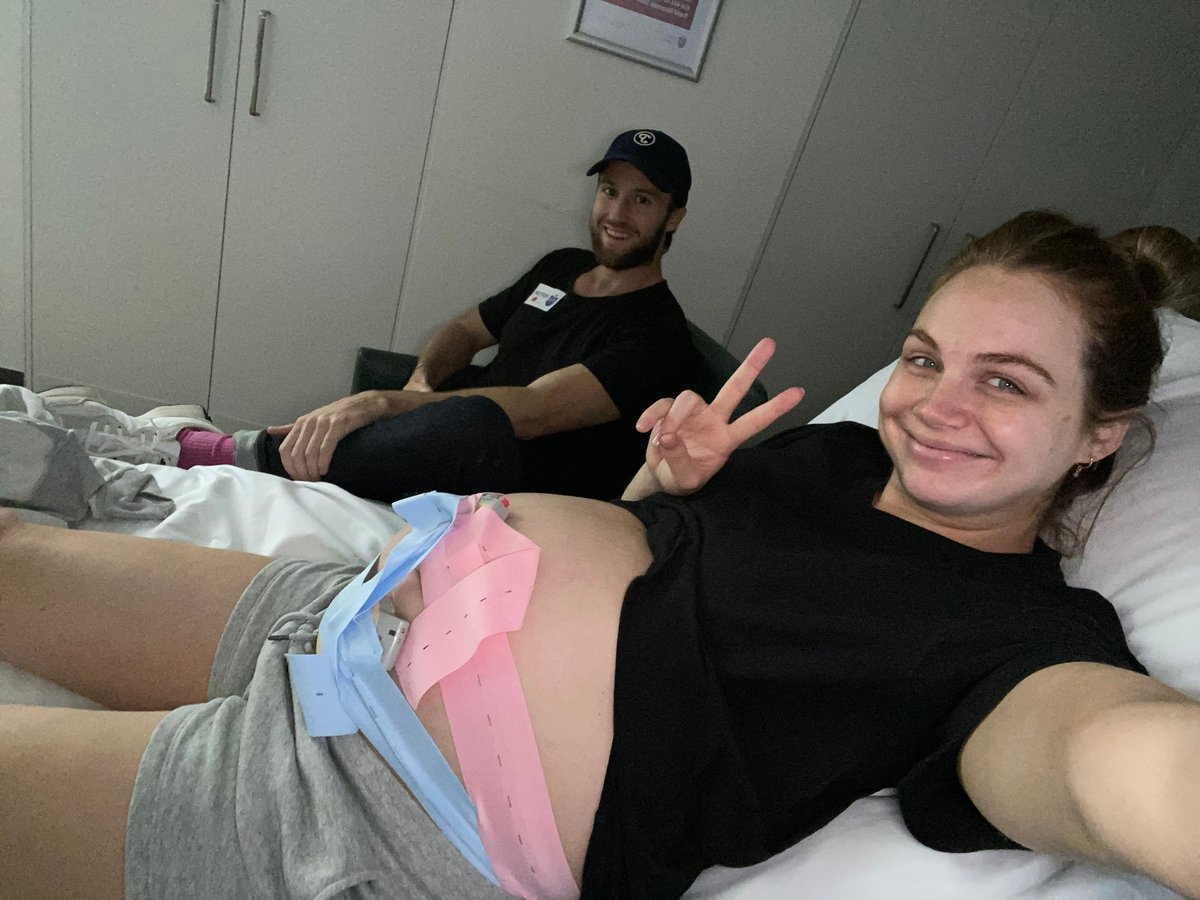
Ksenija Lukich didn't have a birth plan for her first child. She was willing to relinquish control, to allow the delivery to unfold however it may. But there was one thing she knew she wanted: an epidural.
Sharing her story as the host of Mamamia's Diary Of A Birth podcast, the journalist/presenter recounted the relief she felt when, after 12 hours of contractions and only 2cm dilation, an anaesthetist administered the pain-blocking drugs into her back. And then the panic she felt when, another 18 hours later — while on the cusp of the final, most painful phase of labour — those drugs suddenly stopped working.
Listen to Ksenija's story on Mamamia's Diary Of A Birth. Post continues below.
Diary Of A Birth features mums telling their miraculous stories of bringing life into the world. This is just part of Ksenija's…
Watch: Mamamia's podcast for women who share their birth stories, Diary Of A Birth. Post continues after video.
Ksenija Lukich's birth story.
It was around 4:00 or 5:00 in the morning when Ksenija's waters broke. The contractions followed soon after.
"For about four hours at home, I was contracting, and I was doing all the things that they told me in my birth classes," she said. "I put the lights down low, I put relaxing music on. I was walking around. I was trying to be very mindful. But by about midday, I was feeling like I needed some help."






























































































